Best mountain bikes 2025 – our guide to picking the right mountain bike for you
We breakdown everything you need to know to choose the best mountain bike and have a great time on the trails
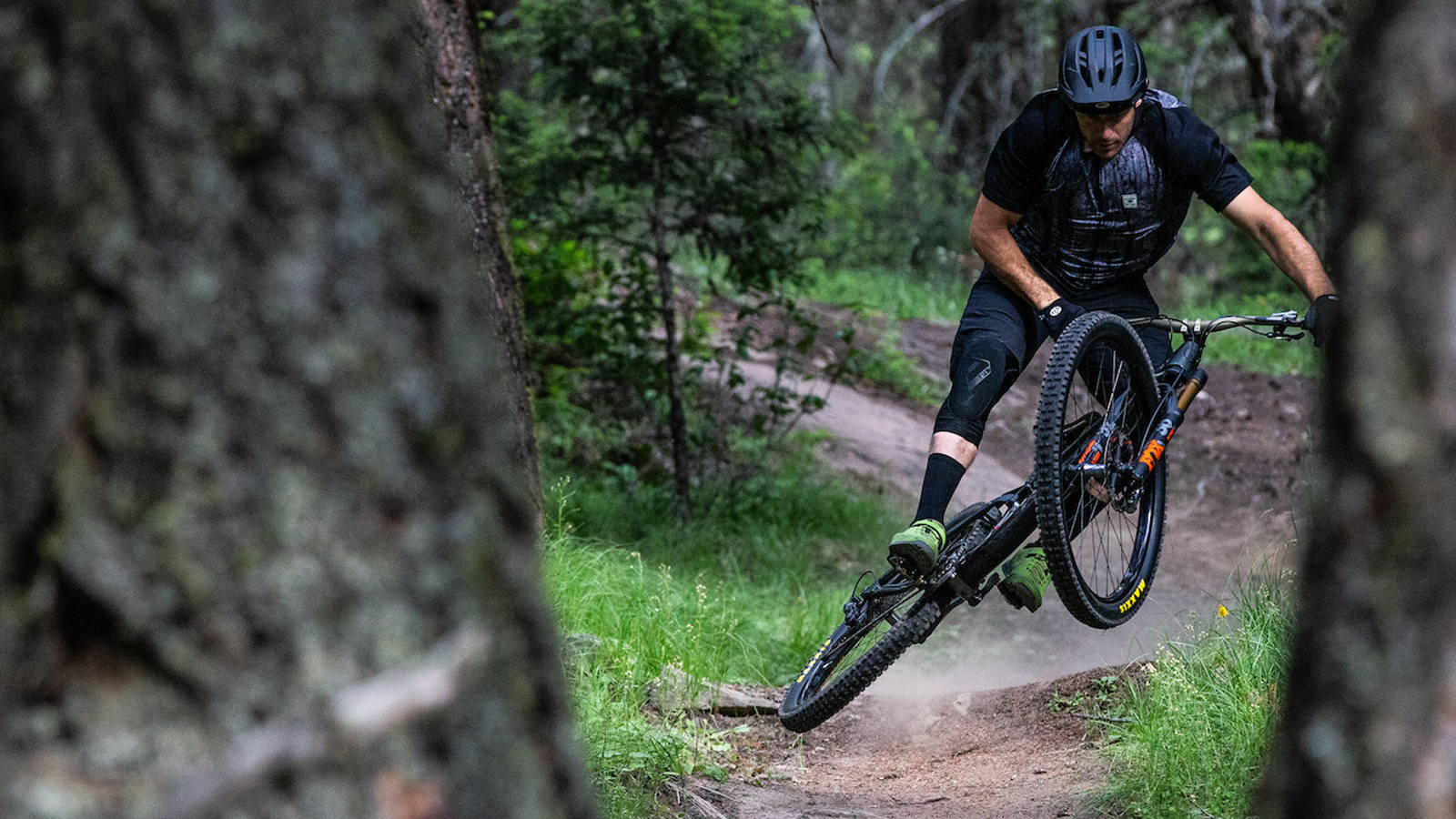
Mountain bikes come in all shapes and sizes these days, it's not as easy as picking a bike in your size and hitting the trails. Geometry, wheel size, and suspension – among other things – all factor in whether a bike is going to be right for you and your riding.
A lot of bikes are broken into different categories to help customers choose but there are still a lot of considerations to make and what might be the best mountain bike for someone else may not suit you.
In this guide, we're going to break down everything that you need to know to pick your perfect mountain bike no matter what type of riding, budget, or preferences are. So let's dig into the tech and help you find the best mountain bike for your riding.
1. How do I choose a mountain bike?
Choosing the right mountain bike doesn't need to be a complicated process. Sure if you get caught up in the details there are a lot of things to think about (we will get into those later), but if you get a few fundamental decisions right you will be most of the way to having a great time out on the trails. Namely figuring out the riding you want to do, your price point, and what size bike you need.
While we have laid it all out below, if you are still unsure go visit your local bike shop. They will be more than happy to answer any of your questions and you never know, they might even be able to sell you the bike of your dreams.
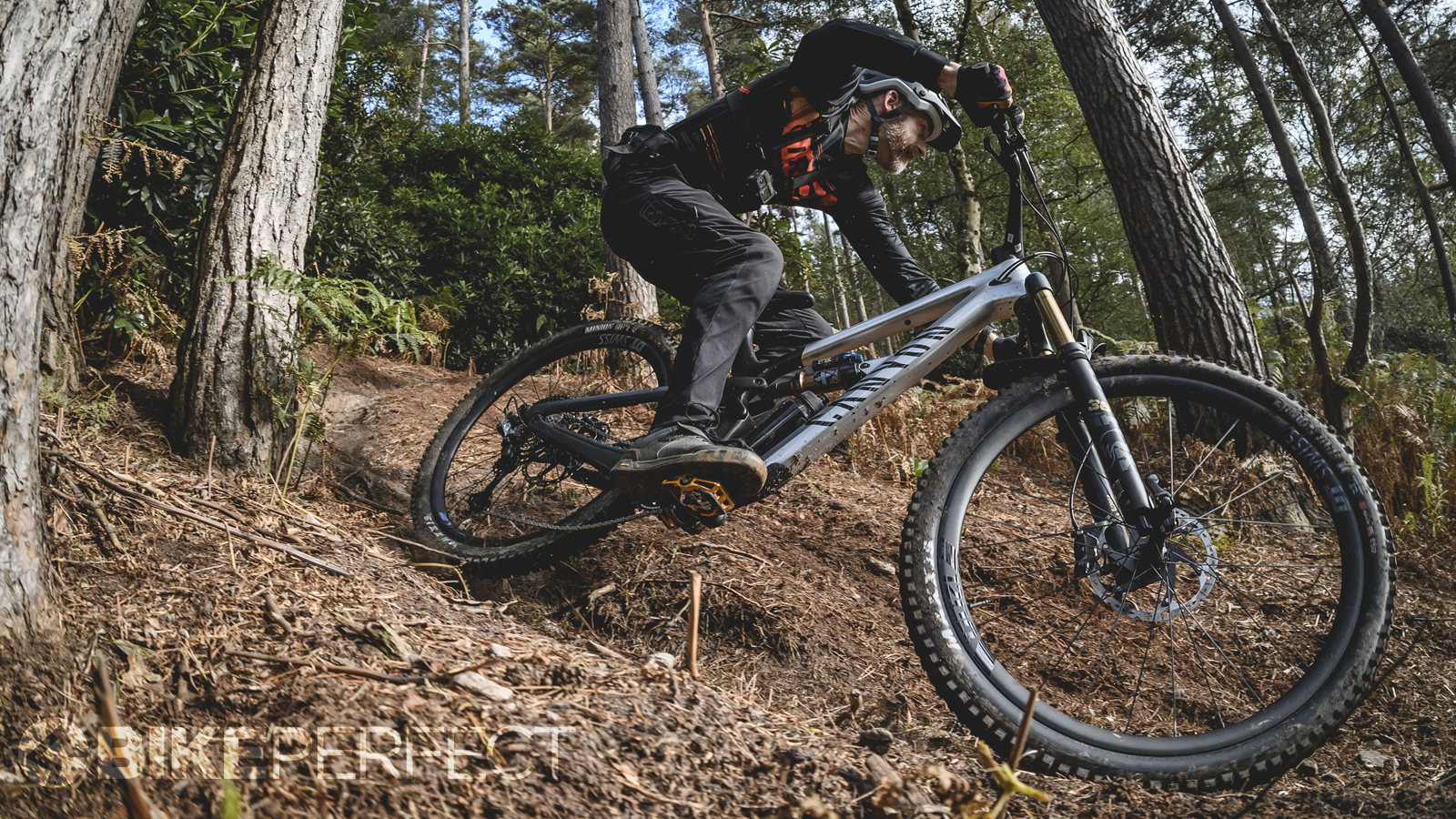
2. What kinds of mountain bike are there?
The first step is to determine what type of riding you mostly do as this will influence the type of bike that's best for you. If you’re looking to go fast on XC courses or bomb down gravity-fed bike parks, choosing something specific to those riding styles will provide better results on the trail.
After all, if your idea of a perfect mountain bike ride is covering lots of distance or riding gentle singletrack, you're not going to be served well by a heavy downhill bike with loads of suspension. Some bikes can certainly cross between disciplines pretty well, modern trail bikes have become extremely capable which has made them one of the most popular styles of bike.
If you don’t know your downcountry from downhill, or XC from enduro, here is a quick breakdown of the different disciplines and the types of mountain bikes that are used. For a deeper dive into each mountain bike discipline, check out our guide on the types of mountain biking.
What is XC mountain biking?
Cross-country mountain biking (XC) is about covering off-road distance quickly. XC mountain bikes feature lightweight frames and components and usually have between 80mm to 120mm of suspension for a balance of efficiency and comfort.
What is downcountry?
Downcountry is a newer discipline that has filled the gap between cross-country and trail. Downcountry bikes are predominantly based on cross-country bikes but will feature more capable geometry, a little more travel (between 110mm and 130mm), bigger brakes, and grippier tires to enhance the descending capabilities without sacrificing too much weight or climbing ability.
What is trail riding?
Trail riding is a loose term that can really cover everything from singletrack to enduro type courses. The best trail bikes generally have an equal focus on climbing and descending, although they can handle considerably more technical trail features than cross-country bikes as well as bigger jumps and drops. Suspension can be anywhere between 130mm and 160mm
What is enduro?
Based on the race format, enduro mountain biking has become a popular discipline in its own right. The best enduro mountain bikes have a strong focus on descending extremely rough terrain at speed and the bikes reflect this featuring 150mm to 180mm of suspension, strong components, and grippy, durable tires. They can still be climbed back to the top of the trail, making them a popular option for gravity-orientated riders who don't have access to an uplift service.
What is downhill?
Downhill mountain biking is all about riding down the most technical tracks as fast as possible. The bikes are very specialist with an uncompromising spec, the best downhill bikes will have 180mm to 200mm of travel and components designed to handle the biggest impacts.
What is freeride?
Freeride is a loose term that can be used to describe a wide range of specialist bikes. Freeride mountain biking can cover everything from riding in bike parks to sending it off massive cliff jumps. Because of this, it's hard to pin down exactly what a freeride mountain bike is as they are usually heavily customized for a very specific type of riding. That said they are generally based on enduro or downhill mountain bikes.
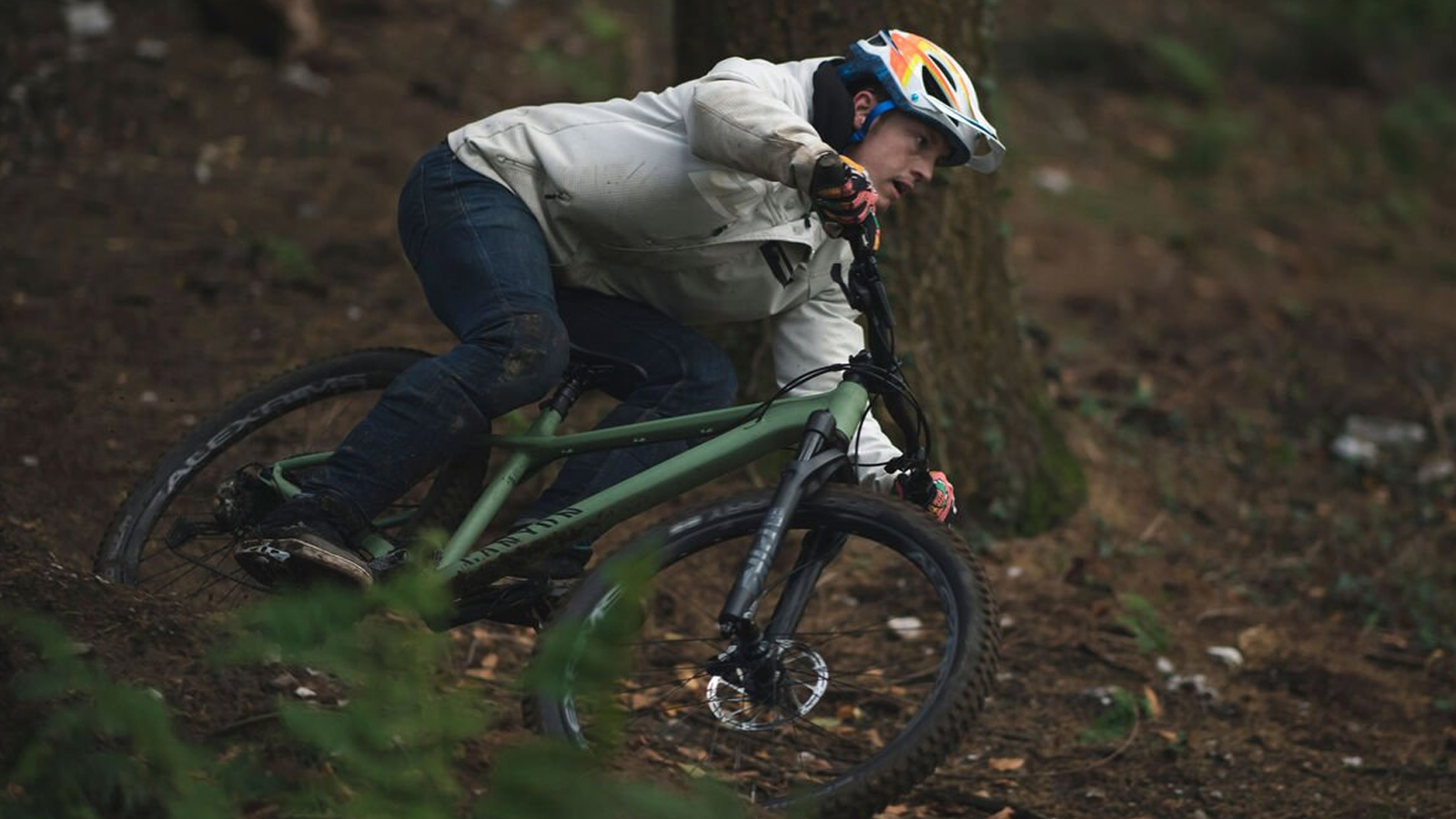
3. Hardtail or full-suspension bike?
That said, the best full-suspension mountain bikes definitely have a performance advantage in most mountain bike scenarios. The rear suspension not only adds comfort but greatly improves cornering, braking, and climbing grip. In the past full-suspension often struggled with efficiency but with increasingly advanced suspension and linkage kinematics, as well as lock-out levers and climbing modes, this is less of a trade-off these days.
Deciding between hardtail vs full suspension is an important decision when choosing a bike as it greatly affects the ride feel and cost. A hardtail mountain bike only has suspension at the front whereas a full-suspension mountain bikes have front and rear suspension.
Not having the complications of linkage systems, bearings, and a rear shock means the best hardtail mountain bikes are lighter, easier to maintain, and cheaper than their comparable full-suspension bikes. The flipside is that you will need to use your legs to absorb impacts from the back wheel from the trail.
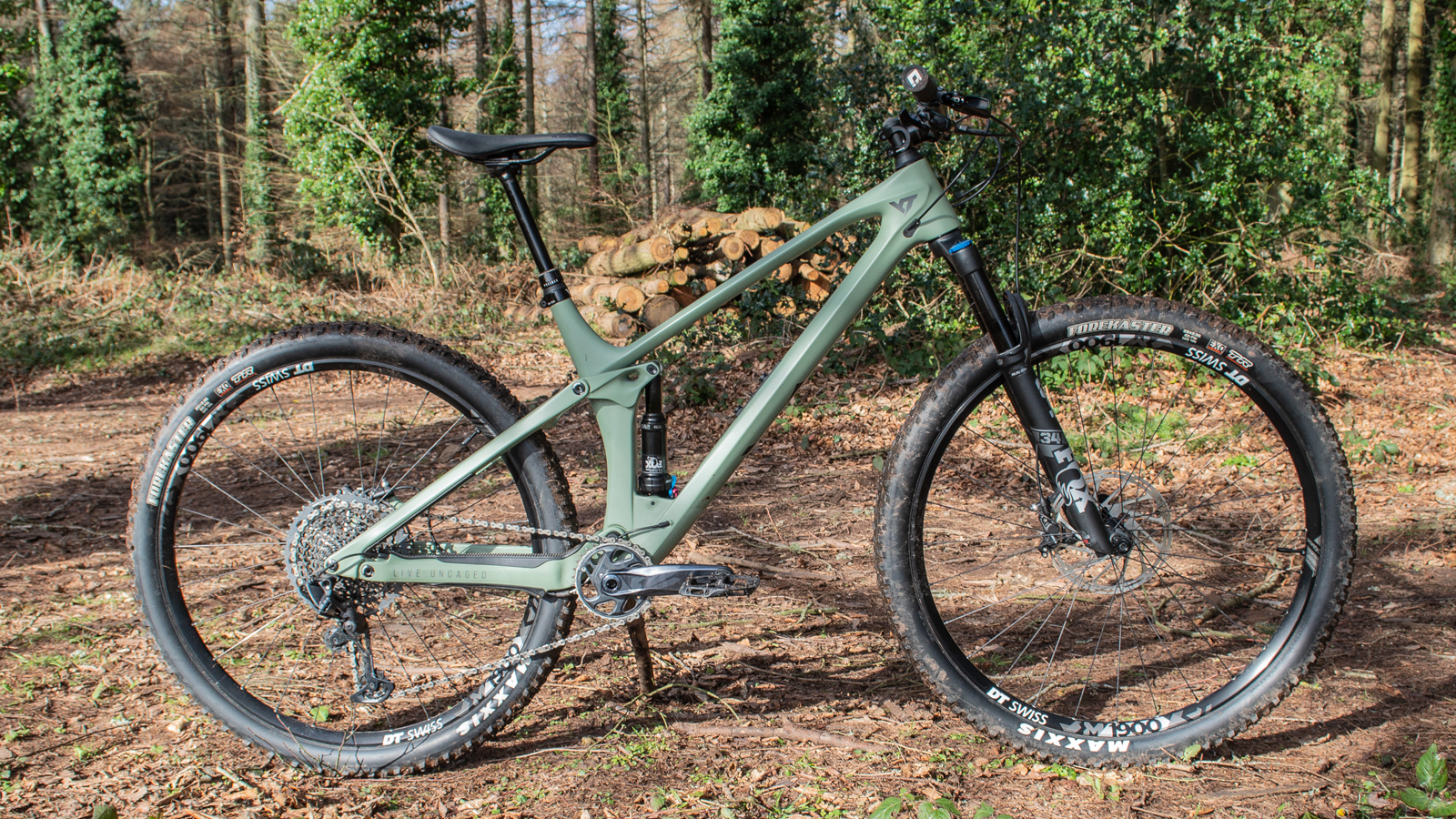
4. How much should I spend on a mountain bike?
Ultimately, you get what you pay for when choosing how much to spend on a mountain bike and the more you spend, the faster, lighter, and smoother your bike will be. Bigger budgets will open up the possibility for more exotic materials, intricate suspension platforms, and enhanced gear shifting and braking performance.
The best budget mountain bikes are getting increasingly more refined as technology filters down though so it’s definitely possible to get a bike that will be great to ride without having to spend loads of money. However, some bike specs can appear superior than others by cutting costs on certain components in order to upgrade others. For example, a better suspension fork than other bikes in the same price bracket will usually mean lower quality brakes and gears.
Some brands like Canyon and YT Industries use a direct-to-consumer business model which cuts out bike shops and allows them to sell bikes at a lower price. This is great for customers looking for more value, however, it comes with the caveat that it's unlikely you will be able to test ride the bike pre-purchase, plus the bike arrives on your doorstep in a box requiring some assembly.
Ultimately your budget is, of course, up to you, but to manage expectations and assure you get a good deal, here is what you can expect for each price range.
Sub $1000 / £750
If you are looking for a proper mountain bike it's really hard to wholeheartedly endorse many bikes in this price bracket. We suggest sticking to the bigger well-known brands such as Specialized and Giant as they will offer higher quality frames. That said, in-house brands such as Vitus, from online retailers Chain Reaction and Wiggle, or Calibre, from Go Outdoors, give great value for money. Frames will most likely be made from alloy, although you may see the odd steel frame too. Full-suspension should be avoided at this price and it's best to look for bikes equipped with branded groupset components too. Suspension forks will be very basic and while you probably will get disk brakes, they will likely be mechanical rather than hydraulic.
$1,000 – $1,500 / £750 – £1,000
If you are starting mountain biking and looking for the best mountain bike for beginners, this is our recommended lowest price point. Again, we recommend choosing bikes from well-known bike manufacturers as, like the price point above, they will offer you the best bikes for your money. You will start to see components and features that are featured on more expensive bikes like one by drivetrains and hydraulic disc brakes although it might be either or so it's worth thinking about whether your priority is gearing or braking. Full-suspension is still a red flag here and while front suspension will style be a basic design, you should at least expect something from the likes of Rockshox.
$1,500 – $2,250 / £1,000 – £1,500
At this price point, you can expect to see bikes that are considerably more capable off-road, although most bikes will fall into either the cross-country or trail category. The frames will still be made from aluminum but will feature newer geometry and modern component standards although full-suspension should still be avoided. The suspension will be more advanced, potentially featuring adjustable air springs, rebound adjustment, and lock-out. One by drivetrains with large cassettes will feature throughout, as will hydraulic disk brakes. You may even see the odd dropper post on really well-specced bikes.
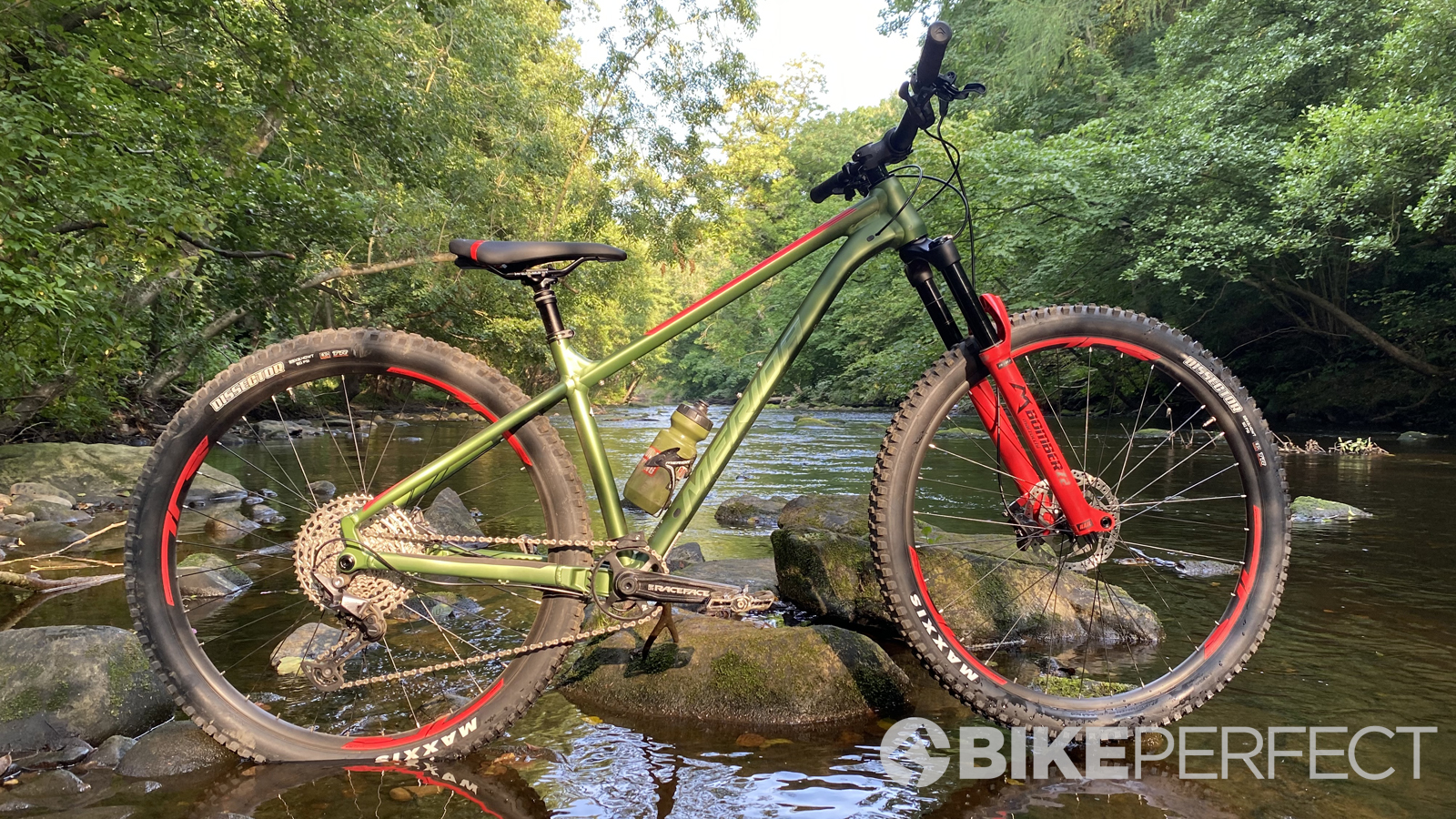
$2,250 – $3,500 / £1,500 – £2,500
The options at this point really start to open up and bikes will become more specialists in a single discipline. Some brands will offer full-suspension bikes and carbon frames are an option, although probably not together. If you do opt for full-suspension you will likely take a hit in the quality of the components, but it should all still be very usable kit. Aluminum is still the material of choice for frames, however, the bikes will be kitted out with some decent components. The suspension will have more intricate internals for better performance and increased tune-ability. You should start seeing good quality workhorse drivetrains such as Shimano Deore and SRAM NX as well as up-rated brakes. You might get branded wheels too and they will almost certainly be wrapped in good quality tires from the likes of Schwalbe or Maxxis. Dropper posts are a must as well – unless you're looking at hardcore cross-country bikes.
$3,500 – $6,000 / £2500 – £5,000
This is where bikes start to get really good. There will be a lot of overlap between high-spec carbon frames with cheaper parts or aluminum frames with performance parts, don’t worry we will cover this later. You will see mid to high-range suspension components from Fox and RockShox as well as performance groupsets like Shimano XT and SRAM GX. You will also see that a lot of in-house branded kit will be replaced with aftermarket components. The bikes at this level will be extremely capable in their specific discipline.
This is the price point you will start to see some of the best budget e-MTBs becoming an option too.
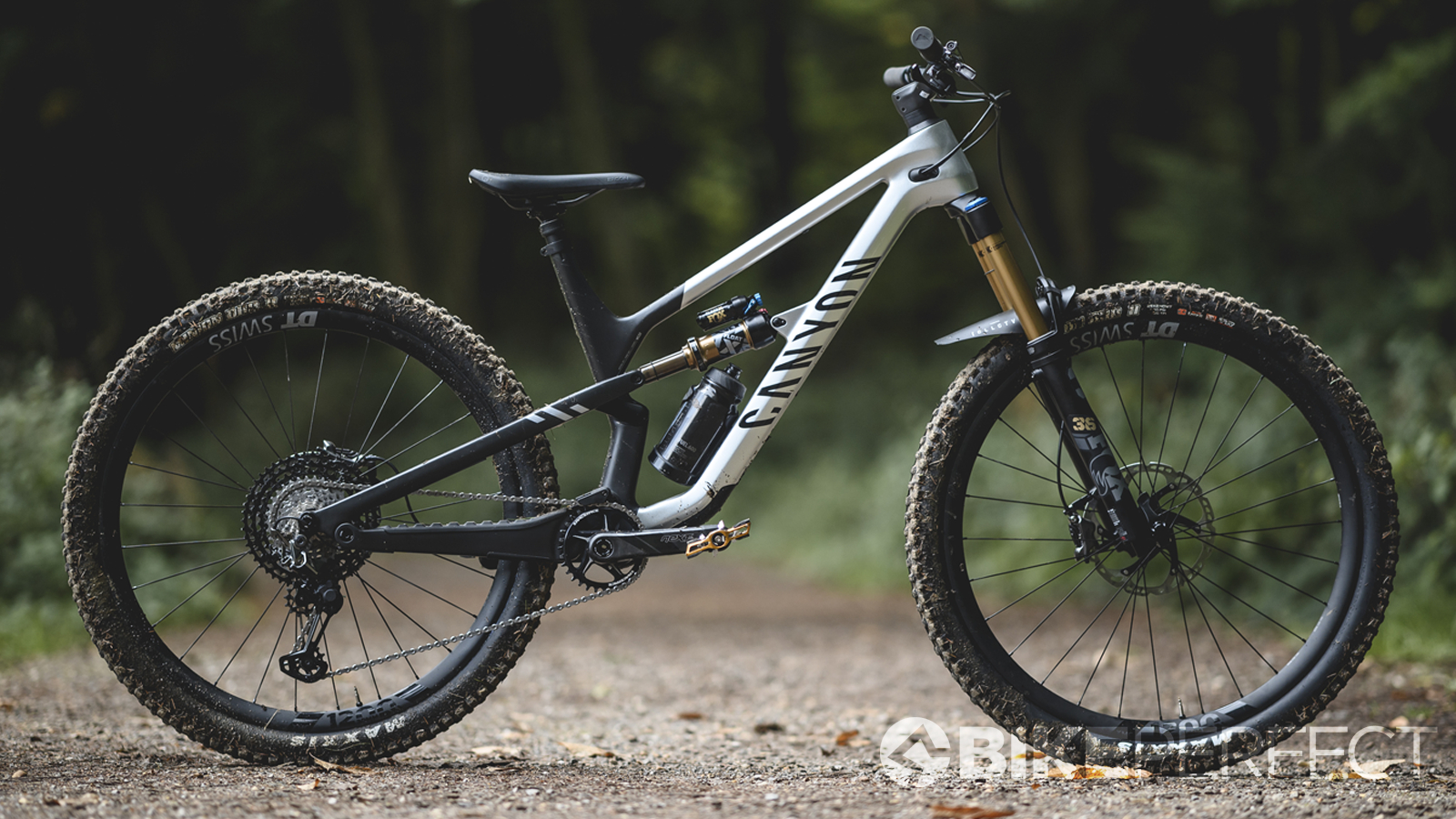
$6,000 / £5,000 and above
For this sort of money you're going to have some of the best mountain bike kit to choose from. You will have the choice of almost all the brands, with both mainstream and boutique manufacturers vying for your hard-earned cash. High-quality carbon is used almost exclusively to offer the best ride feel and lowest weights. Suspension will also feature the best dampers and all the adjustability you could ever need, including high- and low-speed compression and sometimes high- and low-speed rebound. You will also get the best mountain bike groupsets which could include wireless, electronic shifting. Components will almost be exclusively aftermarket and are chosen based on their performance attributes. The bikes at this level are extremely capable and almost certainly race-worthy at a competitive level.
E-MTBs also start getting specced with some great kit from here too – although the best electric mountain bikes can easily exceed five-figure sums.
5. What size mountain bike should I get?
Choosing the right bike size is one of the most important decisions as it will greatly affect how the bike rides. We will delve deeper into mountain bike geometry in a second but choosing a bike that is too small or large is going to result in an uncomfortable riding position and may make a bike difficult to handle out on the trail.
As mountain bikes have evolved, so has sizing and the result is that mountain bikes aren’t fitted to riders in a traditional manner which uses leg inseam as the most important measurement. Mountain biking geometry puts far more priority on the reach length as this has more effect on control and manufacturers are sizing bikes with this in mind. There is still an element of personal preference too so bikes are being designed with increasingly low standover to allow more flexibility with sizing. Specialized has gone as far as completely remodeling its mountain bike sizing away from inseam measurements and small, medium, and large formats in favor of its own system which is based on riding style, rider height, and reach numbers in order to find the perfect size.
All manufacturers will have a size guide for their bikes, sizing will vary across bikes and manufacturers though so they are worth checking. Our mountain bike size guide has a full breakdown of how mountain bike sizing works and how to pick the right size bike for you.
While geometry charts and recommended sizes are usually pretty accurate the numbers don’t mean a whole lot without personal experience. That means it's well worth going to your local shop or a demo day and test riding a bunch of bikes. It might not be possible with every model, it will give you an understanding of how different size bikes feel when being ridden.
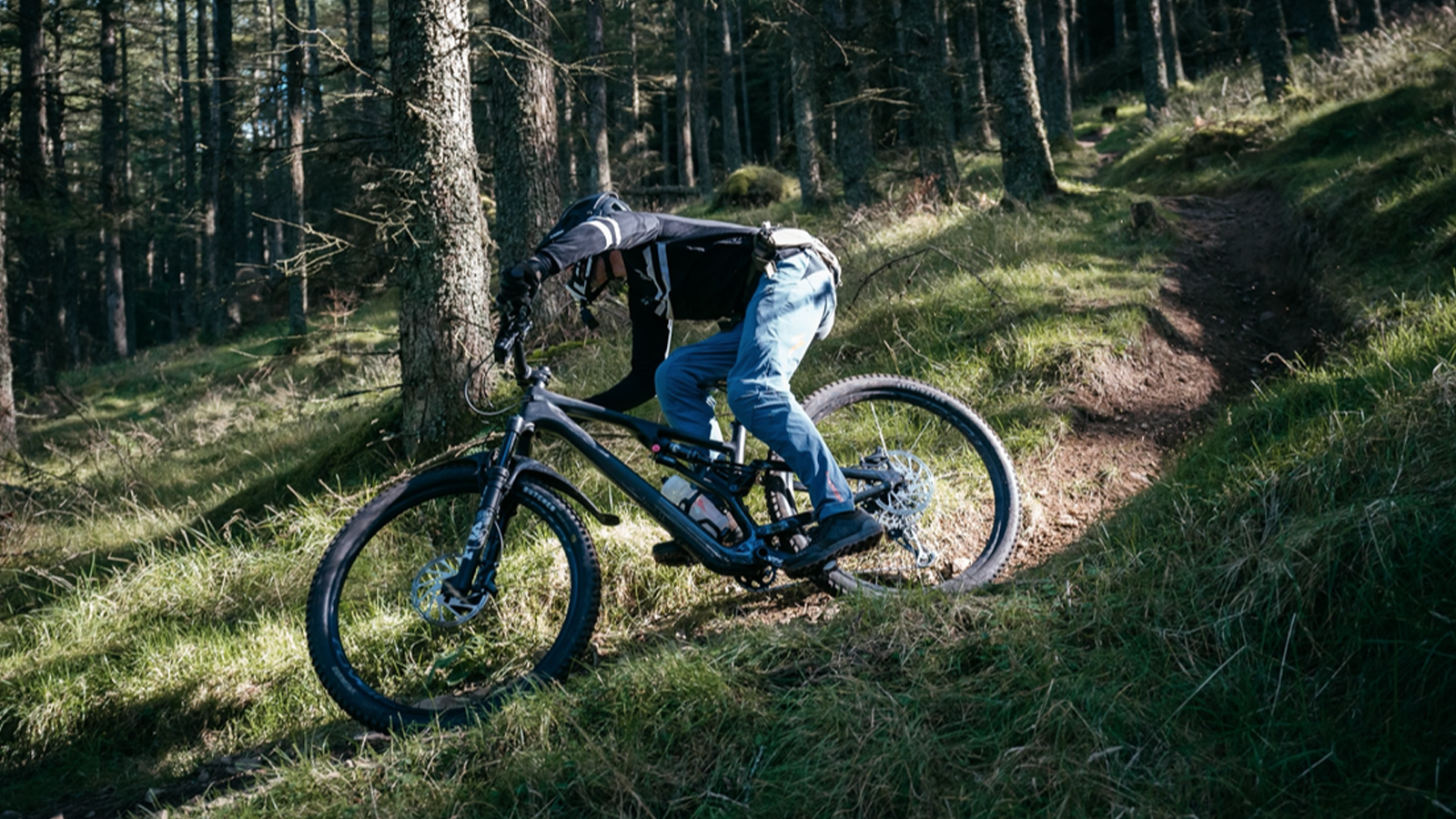
6. Where can I buy a mountain bike?
There are loads of online retailers that offer everything you need, from bikes to kit, to get you out on the trail. Below, we've put together a roundup of the retailers where we regularly find great deals.
While not all of the following retailers sell bikes, they all cross over into the world of cycling in some way or another, be that by selling clothing, components, or tech. We have a guide filled with useful information on where to buy a MTB if you need more details.
Obviously, there are plenty of bricks and mortar bike shops out there too and there will usually be helpful and knowledgable staff on hand to help you.
Competitive Cyclist is a huge retailer of bike gear with a wide range of mountain biking kit and plenty more besides.
BackCountry is partnered with Competitive Cyclist, so you can also find mountain bike deals here, but the range extends beyond cycling into adventure gear, which is perfect for the bikepackers among us.
Jenson USA is one of the best-known cycling retailers in the States, with a keen eye on mountain biking and the gear that comes with it. The Jenson sale is not one to miss if you're after mountain bike deals.
Rei is similar to Backcountry in that it stocks cycling products alongside a wider range of outdoor adventure gear.
Gear Coop is only offering a small range of cycling kit, but some of it comes with savings of 70 percent. The products features include tools from Blackburn, helmets from Bell and kit from Giro.
Moosejaw is another outdoor retailer with a range of bike gear, with a range that extends from bikes to equipment, helmets and more.
Walmart won't be the first place you think of when shopping for bike gear, but if you're in the market for tech such as a GPS computer, then Walmart is as good a place as any.
Amazon is another retailer you probably didn't think of when shopping for your bike, but like Walmart, there's little the world's largest retailer doesn't sell. If you're after a GoPro, a Garmin, or some Gore clothing, the Amazon sales are the place to be.
Wiggle is one of the world's largest online bike stores, supplying over 70 countries with its mountain bike deals. It's based in the UK, but it sells to the USA and around the world.
Chain Reaction Cycles is owned by Wiggle, and therefore shares a lot of the same deals. It also caters to an international audience, but while Wiggle caters to other outdoor sports, Chain Reaction is all about the bikes and the two retailers' ranges don't always overlap.
Sigma Sports has stores in West London and Rutland and also sells via its website. It's mainly focused on road cycling but also has a wide range of MTB gear, often at deep discounts.
Evans Cycles is one of the most established UK bike shops, with shops all around the UK and an online store to boot.
Tredz is another British retailer with international delivery options and a range of great cycling deals.
Rutland Cycling is yet another British retailer that operates internationally.
Tweeks Cycles is more UK-focussed, but there are still some great deals worth checking out.
Hargroves Cycles is a retailer based in the UK and regularly discounts mountain and gravel bikes.
Cyclestore, one of the UK's lesser-known retailers, often has Specialized products at the best available price.
Leisure Lakes is another UK retailer. With 11 stores, it's a relatively well-known franchise, and will happily ship overseas.
Halfords discounts all sorts of cycling products. For your electronics and tools, you can't go far wrong.
7. Anything else I should know?
What are mountain bikes made from?
Mountain bikes generally come in three frame materials; aluminum, carbon, or steel. None of these are bad, although each has its own pros and cons so it's worth knowing what you're looking at.
Aluminum is probably the most common material. It's got a great strength-to-weight ratio, it doesn’t corrode, and is pretty easy to build frames from if you have a big factory to do it. Hydroforming is the most common method and has allowed companies to create increasingly advanced aluminum frames that offer superb performance. Aluminum gets a bit of an unfair rap for being overly stiff, however, as technology has improved so have the ride characteristics. Safe to say aluminium is a great option to go for unless you are spending a sizable chunk of money, in which case…
Carbon is heralded as the performance bike material. Lighter than metal yet extremely adaptable, manufacturers are able to perfectly tune ride characteristics, comfort, and strength when designing a frame which is why almost all high-end bikes have a carbon frame. Carbon is getting increasingly cheap, however cheap carbon isn't necessarily good and will often be more expensive, less comfortable, and not any lighter than a high-quality aluminum frame. As a halfway ground some manufacturers offer a carbon front triangle and an alloy rear to find a halfway ground although in most cases we would opt for a really sorted aluminum frame rather than a budget carbon model.
Steel is the classic bike material and is becoming increasingly rare in mountain biking although there has been a resurgence in the bikepacking community. Good quality steel should offer a springy comfortable ride feel, however, this is offset by heavier weight and the risk of corrosion. Steel is mostly popular with very small boutique frame builders as it's considerably easier to work with than alloy or carbon.
You will occasionally see brands try out other materials too. Titanium is a popular option as it offers the comfort of a high-quality steel frame at a considerably lower weight. Titanium is expensive and is also very hard to work with which only adds to the cost. Scandium is another left-field material, however while it had a brief burst of popularity, cost and complications of availability have seen it fall out of favor.
For more information, check out our bike frame material feature.
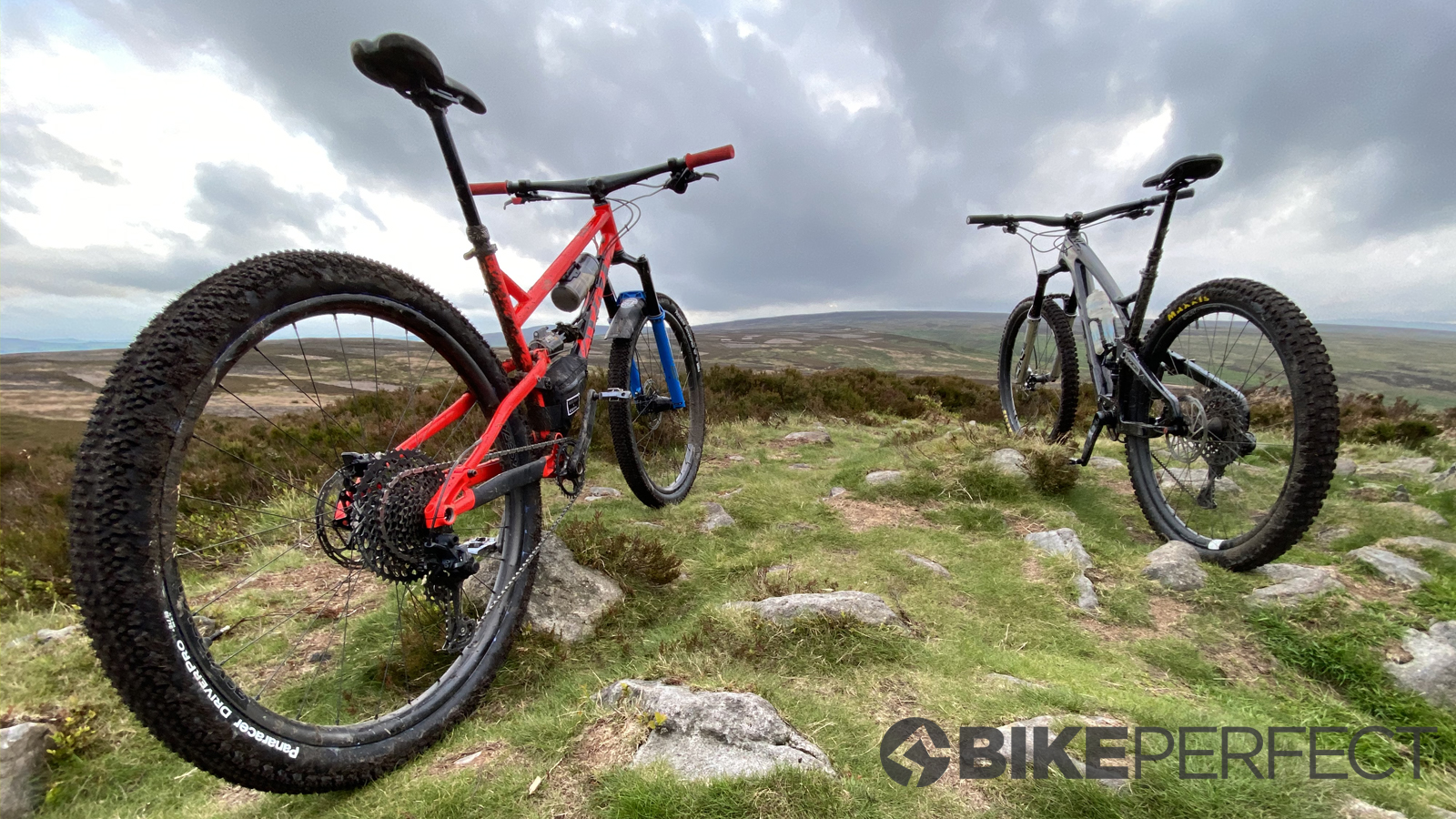
What's the best wheel size?
For a while wheel size was everyone's favorite subject of heated debate. Luckily the wheel size wars have died down to little more than the occasional disgruntled murmur. To bring you up to speed here is a very brief history of mountain bike wheel size.
It started with 26in and for a long time that was the only option and we were happy for it. Then Gary Fisher came up with the idea for 29er wheels, increased roll-over and stability seemed like a win, however, basic geometry and a reluctance from the consumer base meant it wasn't a hit straight away. Then in 2007 the wheel manufacturer Picanti threw a spanner in the mix with 27.5 (650b ) and it all kicked off. 29er continued to slowly gain popularity whilst much of the industry jumped on the 27.5 train as it offered the halfway house between the old 26 and brave 29er options.
Fast forward to now and the 29er has risen to the top and is being used on all types of bikes from cross-country to downhill. That said 27.5 is still around catering to smaller riders, freeriders, and the rear ends of mullet bikes (29er front, 27.5 rear). 26 has been resigned to only being used for dirt jumping and slopestyle freeride.
The reason 29er wheels are now so popular is that the geometry has been developed to get the most out of the bigger wheels. That means riders get a smoother more stable ride without losing steering precision. 27.5 is said to offer a livelier, more ‘flickable’ ride suited to tight jumpy trails but overall they cant match 29er wheels for speed. The modern mullet setup combining 29 and 27.5 wheels is becoming increasingly popular as it maintains the control of a 29er up front but increases the agility in the corners.
If you want more of a breakdown, check out our mountain bike wheel size chart for more details.
What is the geometry of a mountain bike?
Over the last 10 years, mountain bike geometry has had a fairly radical makeover. It's not just because wheel sizes changed, manufacturers started experimenting with longer reach, slacker headtubes, and steeper seat angles. The result is that bikes are becoming far more capable and what was once considered enduro geometry could not be considered as dated for a trail bike.
As a rough breakdown, you will see modern cross-country bikes with around a 67.5-degree head angle, trail bikes with up to a 65-degree head angle, and enduro bikes as slack as 64 degrees. Reach is converging across the disciplines, settling at between 440mm and 470mm for a medium, cross-country bikes lean towards shorter top tubes and longer stems while gravity-based bikes have longer top tubes and shorter stems. Seat tube angles swing between 75 and 80 degrees with enduro bikes usually choosing steeper angles to try to counteract wheel lift caused by the slack head angles.
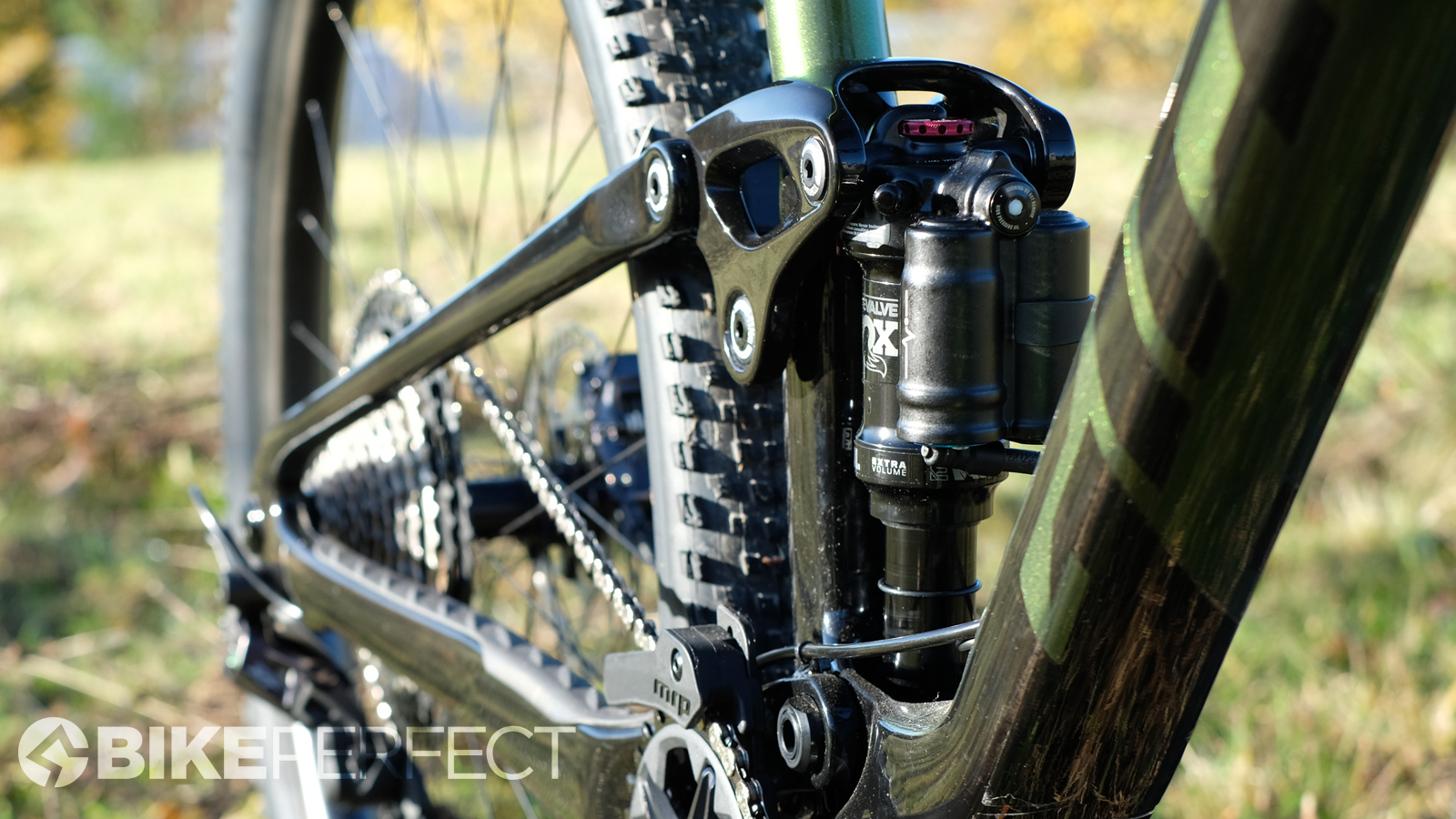
What are the different types of bike suspension?
Suspension isn't just about providing comfort to the rider on rough terrain, its also used to help the bike hug the ground to boost traction on climbs, in corners, and under braking. That means that there is a lot to think about when it comes to suspension.
Firstly suspension can be broken into two distinct types, coil or air. Coil suspension uses a metal spring and is known for smoothness and small bump plushness. Air uses the compression of air within the suspension as a spring and while they aren't quite as smooth, they give much more adjustability as the air pressure and volume can be easily adjusted. It's worth noting that coil and air shocks have another very different characteristic, coil has a very linear compression rate whereas air will ramp up, effectively making the shock harder to compress the more travel you use.
While premium suspension will certainly have more advanced internals, the biggest gain is in the adjustability that's offered. The best mountain bike forks and shocks will feature compression adjustments (how the fork reacts to an impact) and rebound (how fast the fork returns to full travel).
Suspension is probably one of the most confusing parts of a bike and they only perform as well as they are set up. That means if you don’t know what your doing you aren't necessarily going to see your moneys worth, on top of that suspension design and manufacturer's setup advice is better than ever so opting for a good fork with less adjustment doesn't always mean worse performance. If you're still trying to get a grasp of what those knobs do, check out our suspension 101 guide.

What about the components?
Components can play a surprisingly big role in not just how a bike rides but the value of money you are getting with your purchase. It's worth looking at the spec sheets to see what you are actually getting for your money as sometimes costs can be saved in hidden areas. For example, some brands will opt to spec better derailleurs and offset it with cheaper, and heavier, cranks and cassettes. While this isn't necessarily a bad thing, it's worth knowing what you are getting, we would always opt for a complete mid-range groupset over a premium rear mech run on a budget drivetrain.
It's also worth noting that you should set aside some of your budget as your new bike deserves the best mountain bike pedals (or best mountain bike flat pedals). Pedals are often not included with a new bike and if they are, it will come with terrible plastic pedals. Looking to improve your bike's performance, check out our best mountain bike upgrades for more ideas on how to get the most from your bike.

What else do I need?
Why trust BikePerfect
So you have your new bike and you are excited to hit the trails, what else do you need? It goes without saying but at the bare minimum, you will need a helmet. There are lots on the market that offer varying levels of protection, from breezy cross-country helmets to protective full-face downhill lids. For our pick of head protection for trail, XC, and enduro, check out our best mountain bike helmets. We also have our best mountain bike helmets under $100 for those on a tighter budget.
Once you have your helmet you are good to go. That said while you can ride in your regular clothes, having the best mountain bike shoes and clothing will make your time on the trail far more enjoyable. Shoes are a particularly good investment as they will dramatically improve your connection and comfort on the bike. Getting a pair of the best mountain bike shorts or best MTB pants will also keep you comfortable, and so will the best mountain bike jerseys.
Finally, things like gloves and sunglasses seem less important, but the best mountain bike gloves and best mountain bike sunglasses actually perform an important safety role in protecting hands and eyes from branches and dirt while riding.
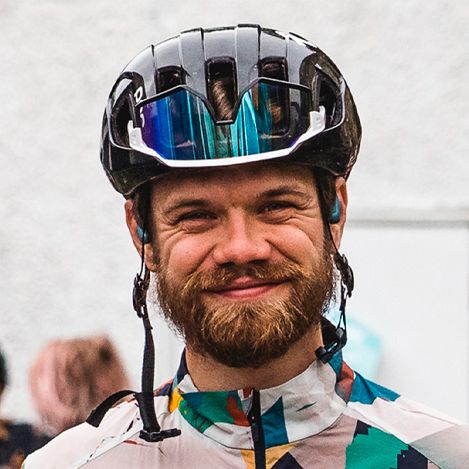
Graham Cottingham joined the BikePerfect team as our senior tech writer in 2020. With over 20 years of riding experience, he has dabbled in downhill, enduro, and gravel racing. Not afraid of a challenge, Graham has embraced bikepacking over the last few years and likes nothing more than strapping some bags to his bike and covering big miles to explore Scotland's wildernesses. When he isn’t shredding the gnar in the Tweed Valley, sleeping in bushes, or tinkering with bikes, he is writing tech reviews for BikePerfect.
Rides: Cotic SolarisMax, Stooge MK4, 24 Bicycles Le Toy 3, Surly Steamroller
Height: 177cm
Weight: 71kg
- Rich OwenEditor, BikePerfect




















